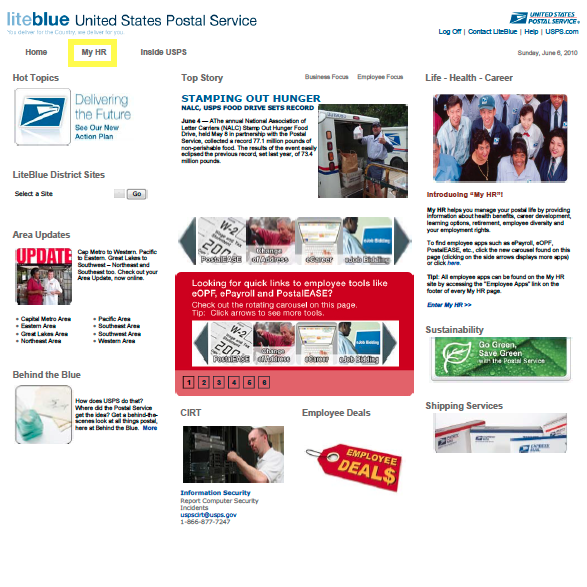
Many federal employees have had part time-work experience during their careers. Part-time federal employees receive full-time credit for retirement eligibility (years of service), but the impact on their annuity can be significant. This article discusses this impact.
To determine how part time service will affect your annuity, the rules are different for employment before April 7, 1986, and since that date.
If you have part-time service both before and after April 7th 1986, the retirement calculator used by most agencies computes the figures separately for these periods of time. The combined basic annuity of a CSRS employee who has any part-time service on or after April 7, 1986, is the sum of two separate computations:
- A pre-April 7, 1986 basic annuity, using the employee’s total creditable service through April 6, 1986 (plus unused sick leave as of the date of the employee’s separation); and
- A post-April 6, 1986 basic annuity, using the employee’s service from April 7, 1986, through the date of separation, plus leftover days from the length of service used to compute the pre-April 7, 1986 basic annuity. The result of this computation is prorated to reflect the difference between full-time and part-time service.
The CSRS proration factor is a fraction, expressed as a percentage rounded to the nearest percentage point. It is used in the computation of the post-April 6, 1986 annuity benefit to reflect the difference between full-time and part-time service performed after April 6, 1986. This ratio is computed as follows:
Actual Hours Worked from 4-7-86 to Date of Separation
Total Full-Time Hours Possible from 4-7-86 to Date of Separation
Basically, the annuity is computed as if you worked full-time. However, the annuity is reduced for the period after 4-6-1986 by the number of hours you worked in comparison to a full-time worker. If you worked 50% of the time, you will receive 50% of the annuity for that period of time.
FERS Proration
The FERS proration factor is used to compute FERS and FERS component annuities that include credit for part-time service. This factor reflects the difference between full-time and part-time service for the entire period of covered FERS service (including military service credited under FERS). It is computed as follows:
Actual Hours Worked During All Creditable FERS Service/Total Full-Time Hours Possible During All Creditable FERS Service
Part-Time Service Before and After Retirement
You can attain part-time service with your agency before or after you retire. If it’s before you retire, part-time service will not affect your high-three calculation, since the part-time service is after April 6, 1986. But part-time service will affect the annuity calculation.
With respect to working part-time after you retire, normally, if you are reemployed after you retire your salary is reduced by the amount of your annuity. However, since January 2010, under the National Defense Authorization Act, reemployment of CSRS and FERS annuitants has been allowed on a limited basis (for less than a year and with limited hours), and the employee can receive both their annuity and their salary. This does not apply in the same way to all agencies. (The DOD has a different law and criteria than other agencies.) There are specific criteria an agency must use to justify retaining an annuitant without a reduction in pay.






